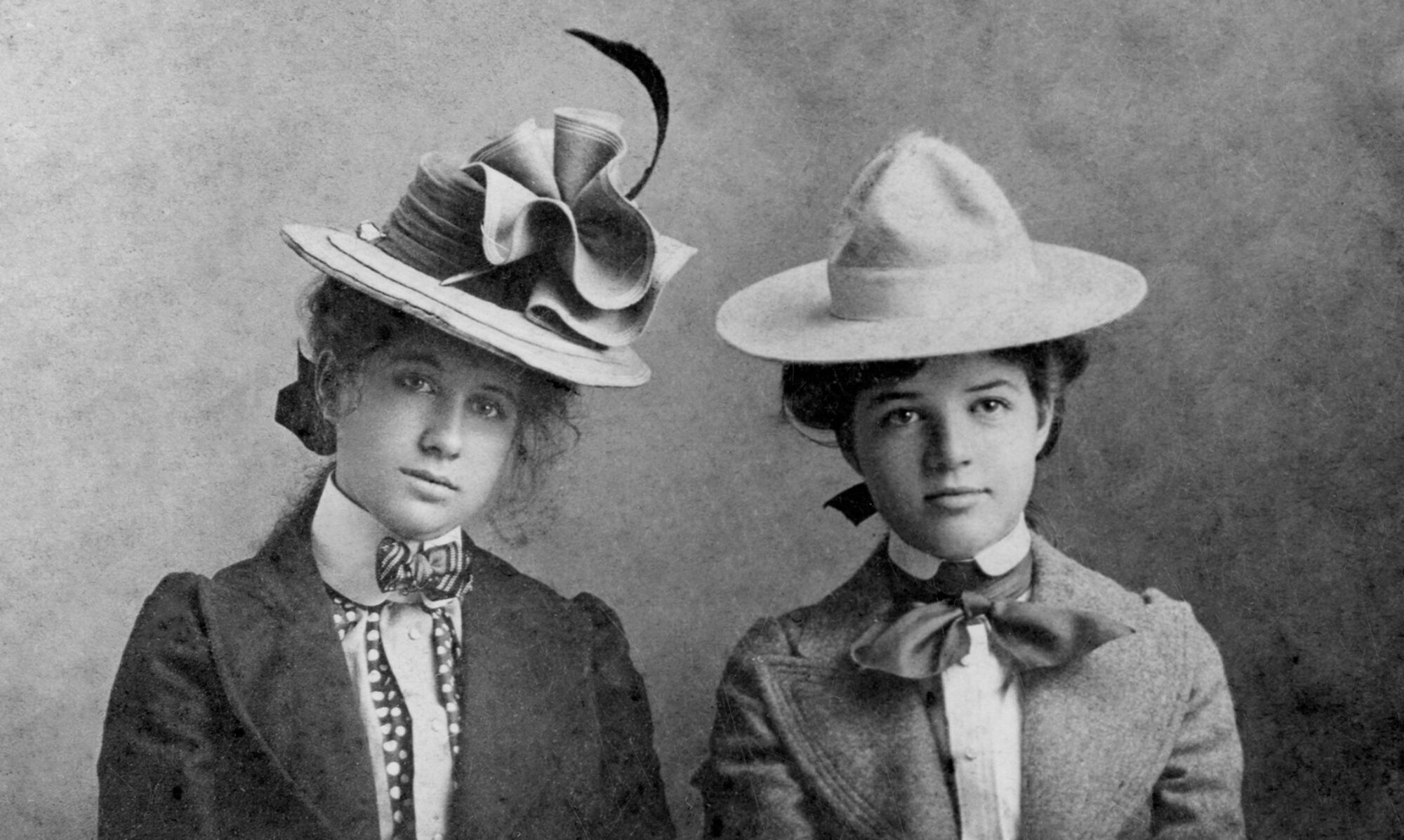Once again, I am excerpting from what is becoming my favorite campy antique book, The Mystery of Love, Courtship and Marriage Explained, 1890.
The Language Of Flowers

Arbor Vitæ — Unchanging friendship.
Apple Blossom — My preference.
Alyssum — Worth above beauty.
Aspen Tree — Sorrow.
Blue Canterbury Bell — Fidelity.
China Pink — Hate.
Coreopsis — Love at first sight.
Dead Leaves — Heavy heart.
Forget-me-not — True love.
Geranium — Lost hope.
Hazel – Let us bury the hatchet.
Hawthorn — Hope.
Heliotrope — You are loved.
Ivy — Friendship.
Lily Of The Valley — Happy again.
Linden Tree — Marriage.
Marigold — I am jealous.
Myrtle — Unalloyed affection.
Pansy —Think of me.
Pea — Meet me by moonlight.
Peach Blossom — My heart is thine.
Phlox — Our souls are united.
Pink, red — Woman’s love.
Rose — Perfect beauty.
Rose-Bud — My heart knows no love.
Rose Geranium — You are preferred.
Sweet William — Let this be our last.
Tulip — Declare your love.
Wallflower — You will find me true.
Yellow Lily — You are a coquette.
*For a more comprehensive list, see The Language of Flowers by Kate Greenaway.

More Victorian Love Letters
From a young man to a young lady whom he has known some time.
To Miss Maggie Holmes,
Dear Maggie:- When I began to love you I did not know what ills I was preparing for myself. The fear of hopeless passion has at times depressed me with despair, and yet the object of my adoration is such an inestimable prize that all the energy of my being forces me to strive for it. Since I first met you the world has changed its aspect. Some secret charm enlivens every object; all nature seems animated with the genial warmth of love. Your beautiful image is always before me; neither time nor place can deprive me of it, and it appears still more enchanting with each recurring vision. I wait with impatience the happy moment when I can see you again. You are surrounded by your family and friends, who adore you. You are the ornament of society and the admired representative of a nation. Alas! I have so little to offer in exchange for all these. But you are essential to my happiness, and if you will accept my love and become my wife I shall be inspired with new hopes and endeavors. It shall be the chief effort of my life to make you happy. Sincerely, H. Edward Charles
Favorable Reply to the Foregoing
To H. Edward Charles: Your kind and manly letter opens my eye to the fact that what I believed to be only a warm friendship is a stronger feeling. I see that it would be a pain to me to lose your visits and presence, and that such love as you promise your wife would make me very happy. You see that I answer you frankly, deeming it wrong to trifle with such an affection as you offer to me.
I have shown your letter to my parents, and they desire me to say that they will be pleased to have you call this evening to see them. With kindest regards, I am,
Ever yours truly,
Maggie Holmes

Parasol Flirtations
Carrying elevated in left hand — Desiring acquaintance.
Carrying elevated in right hand — You are too willing.
Carrying closed in left hand — Meet on the first crossing.
Carrying closed in right hand, by your side — Follow me.
Swinging to and fro by the handle on left side — Engaged.
Swinging to and fro by the handle on right side — Married.
Striking it on the hand — I am very much displeased.
Tapping the chin gently — I am in love with another.
Using it as a fan — Introduce me to your company.
Twirling it around — Be careful! We are watched.
Carrying over right shoulder — You can speak to me.
Carrying over left shoulder. — You are too cruel.
Carrying in front of you — No more at present.
Closing it up — I wish to speak to you, love.
Folding up — Get rid of your company.
Letting it rest on right cheek — Yes.
Letting it rest on left cheek — No.
With handle to lips — Kiss me.
End of tips to lips — Do you love me?
Dropping it — I love you.









 In Denmark, the grownups would open the door to the room housing the Christmas tree and let the children see the decorated tree with all the candles burning. Everyone danced around the tree and sang carols. In our house, we light the tree candles, have a fire extinguisher handy, and keep the kids far away from the tree. We don’t keep the candles burning for very long.
In Denmark, the grownups would open the door to the room housing the Christmas tree and let the children see the decorated tree with all the candles burning. Everyone danced around the tree and sang carols. In our house, we light the tree candles, have a fire extinguisher handy, and keep the kids far away from the tree. We don’t keep the candles burning for very long.